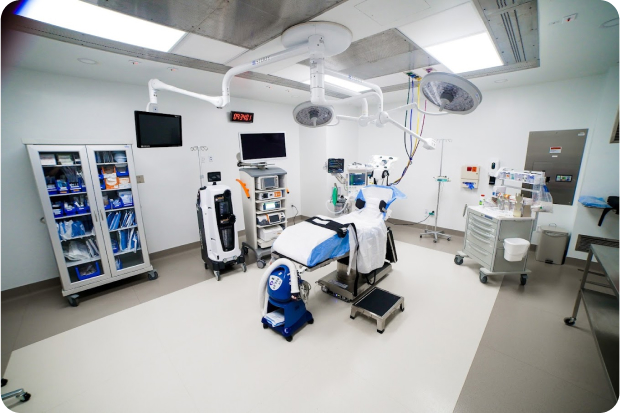 OUR LOCATIONSCall to book (212) 604-1300
OUR LOCATIONSCall to book (212) 604-1300
 OUR LOCATIONSCall to book (212) 604-1300
OUR LOCATIONSCall to book (212) 604-1300
Table of contents
Chondromalacia patella is a knee problem in which the cartilage in the kneecap breaks down. This causes a dull, aching knee pain, tenderness and a sensation of grating or grinding every time you flex your knee. The pain often increases when you sit for a long time or try to climb stairs. Young adults and teenagers who play sports are most likely to develop chondromalacia patella, although women are more at risk than men.
Patellofemoral pain syndrome and iliotibial band syndrome are two other irregular conditions that affect the kneecap. They exhibit similar symptoms as chondromalacia patella. You need an accurate diagnosis to deliver targeted chondromalacia patella treatment.
The pain management doctors from New York Pain Care perform a thorough examination of your knee before they prescribe any treatment for chondromalacia patella. Dr. Amr Hosny is one of the knee pain specialists you can consult with. Visit one of the three locations in the Financial District, Greenwich Village and Midtown Manhattan in NYC, or go to one of the five offices in Bergen County, Morris County and Union County, NJ.

The patella is your kneecap bone. It has a smooth layer of cartilage that covers the back, where the kneecap rubs against your thigh bone. When the cartilage softens and breaks down, it makes your patella rub the wrong way against the thigh bone when you move. This friction between the bones is what causes your knee pain, as the cartilage itself has no pain nerves.
You can suffer from chondromalacia patella in many ways, from a knee injury to arthritis. Some of the more common ways to get the condition include:




When you have knee pain, and you’re not sure what’s causing it, you need to avoid all activities that puts stress on these joints. Dr. Hosny and your knee specialists at New York Pain Care suggest bed rest and not doing activities that involve much knee movement. You may also need to take over-the-counter painkillers like ibuprofen to reduce the pain temporarily.
If rest and inactivity don’t help after a few days, seek medical attention from top pain management doctors. After an accurate diagnosis — which may involve a complete exam a medical history and imagining tests, such as an x-ray or MRI — they may recommend additional treatment for chondromalacia patella that includes:
In severe pain cases, your knee specialist my suggest surgery, as a last resort. In a minimally invasive procedure, your doctor smooths or shaves the cartilage behind your kneecap. You may also need a complete knee replacement surgery if your kneecap is severely damaged, but most kneecap pain from chondromalacia patella can be dealt with without surgery. Contact the nearest office of New York Pain Care for relief from chondromalacia patellae.
New York Pain Care
20 Squadron Blvd, Suite 290
New City, NY 10956
(212) 242-8160






